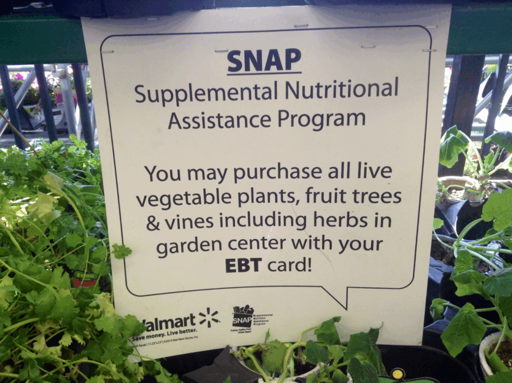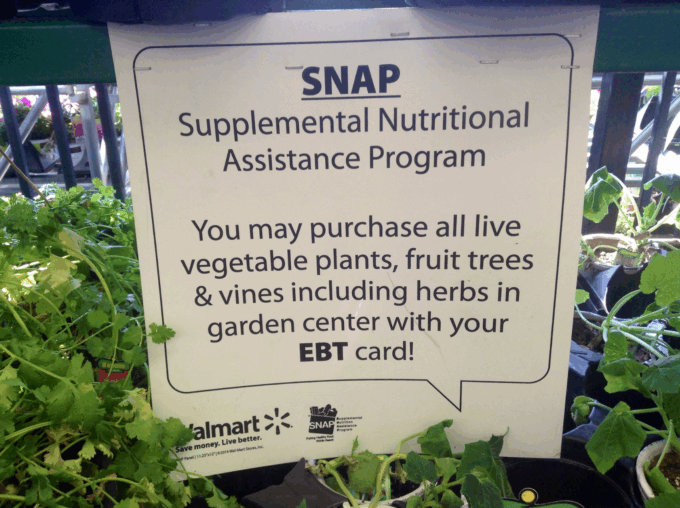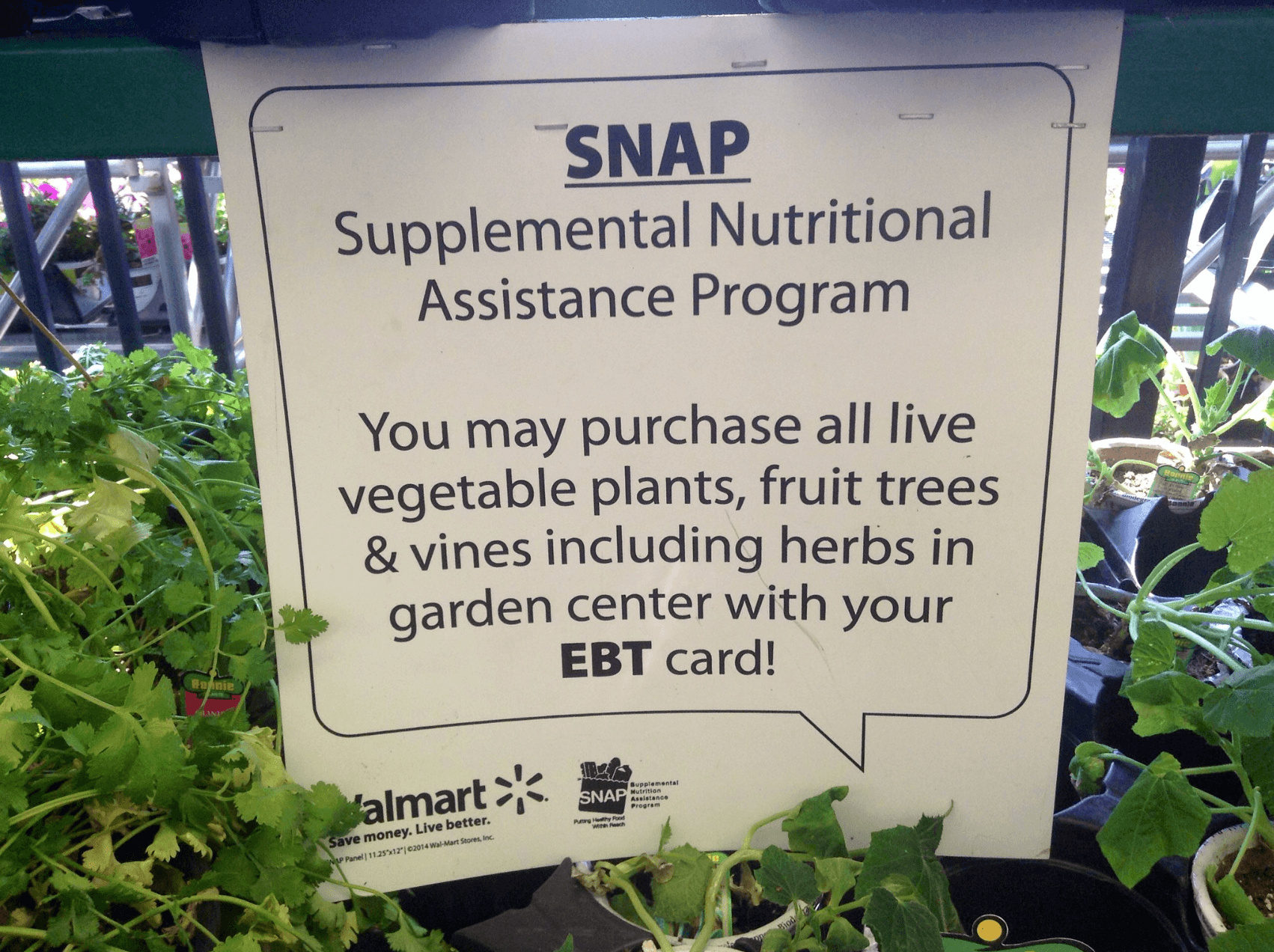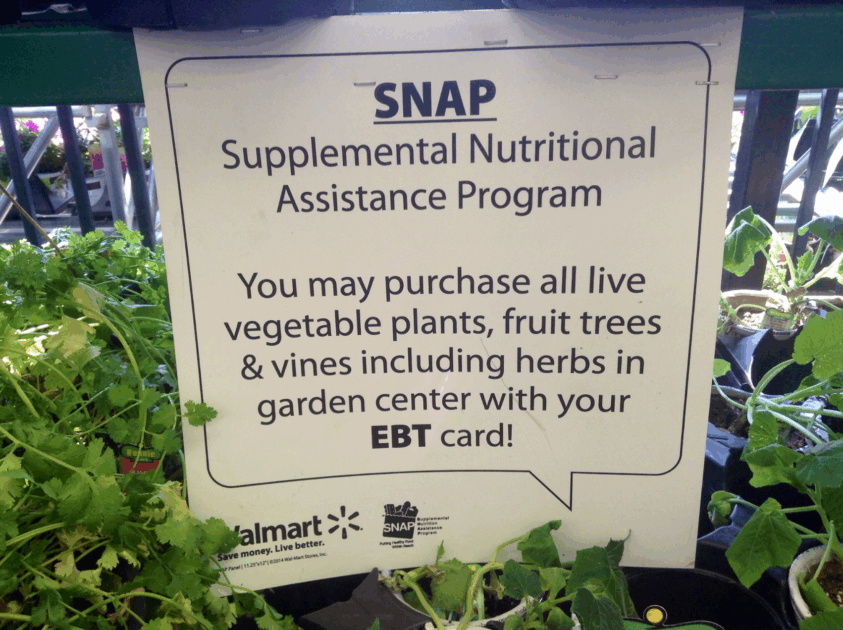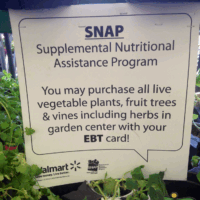Photograph Source: Mike Mozart – CC BY 2.0
In the South we often say the kitchen is the “heart of the home.”
It’s a place that brings family and friends together to cook, converse, and connect. Food is a way of coming together and building community. It fuels us at work, in the classroom, and in growing into who we want to be.
I was a kid who grew up with a family who received SNAP. I always looked forward to that one day a month we called “food stamp day,” when we’d go as a family to the grocery store and stock up on food and snacks. We’d have a big Sunday dinner that weekend and enjoy the company of friends and family and the food on the table.
But for many children in America, “food stamp day” may never come again. And worryingly, the federal government may be trying to suppress that information.
One in five children in the United States will see their food stamp benefits cut or eliminated under the GOP’s “Big Beautiful Bill,” which President Trump signed this summer. The effects will be widespread.
When kids aren’t eating or getting proper nutrition, their physical and mental health suffers. Researchers have also linked food insecurity to lower test scores and higher rates of grade repetition and absenteeism — and ultimately to a cycle of dropouts and incarceration.
For years, SNAP has been proven highly effective at reducing food insecurity and hunger, especially in children — and at improving those other outcomes, too. SNAP also has been linked with better access to preventive health care, meaning children who receive SNAP are more likely to have scheduled check-ups than children that don’t.
Now we’re at risk of losing not only that progress, but also our ability to measure it.
We know, for example, that in 2023 over 7 million children lived in food-insecure households. This information exists thanks to the USDA’s Household Food Security Reports, which have been essential sources of information for 30 years now.
These reports have been “beneficial in contributing to the effectiveness of operations of federal food and nutrition assistance programs, as well as private food assistance programs and other government initiatives aimed at reducing food insecurity,” according to a 2023 report from the USDA.
But now the Trump administration is terminating these reports — just as food insecurity is set to increase thanks to Trump’s own SNAP cuts. Under this administration, the USDA now claims the reports are “redundant, costly, politicized” and do nothing more than “fear monger.”
SNAP currently serves over 40 million people, 16 million of them children. Every last one of them will see less food on their table thanks to this legislation. That means more hungry kids with less healthy food and, down the line, worsening health, developmental, and educational outcomes.
That’s not fear mongering — that’s a fact. But it’s a fact we’ll have a harder time measuring because the same administration that’s cutting SNAP benefits is also terminating the research to study these impacts.
The benefits of SNAP for children go well beyond just having a meal. It’s about what having a healthy meal does for so many low-income children. It’s about wanting them to do better in school. It’s about wanting them to be developmentally healthy, have good social skills, and emotional stability.
Every hungry, low-income kid deserves a “food stamp day.” It will be up to all of us to fight to restore these benefits — and, in the meantime, our access to information about them.
The post Trump’s SNAP Cover-Up appeared first on CounterPunch.org.
From CounterPunch.org via this RSS feed
Why is the picture there 100 times?


